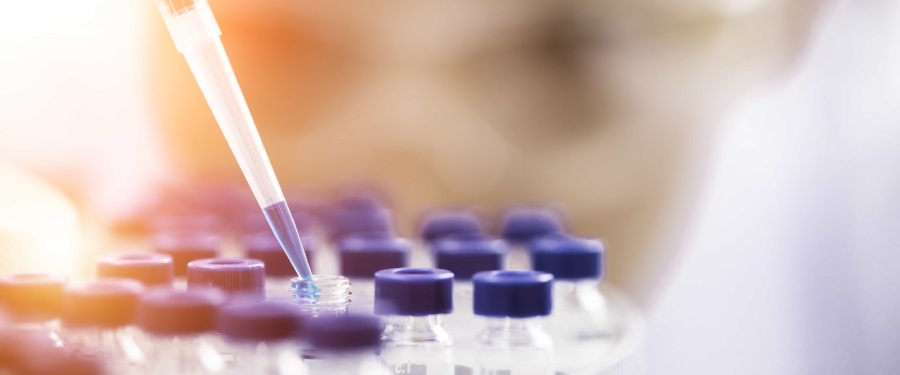Clinical trial phases: What’s the difference?

Clinical trials are how researchers advance their knowledge about potential new treatments, including medications, medical devices, and lifestyle interventions. Clinical trials are divided into phases, each with a distinct duration, purpose, and number of volunteers needed. Before any new treatment becomes available on the market, it must go through this process, as required by the FDA.
For individuals considering participation in clinical trials, it’s important to understand the difference between these phases to ensure that the study is a good fit. Factors such as the duration of the research phase, the research objectives, and the level of participation expected should be considered before enrolling in a study.
What are the clinical trial phases to note?
Before a potential treatment can progress to clinical trials involving human volunteers, it will be tested on animals for safety. This is called the initial research stage. Once researchers have established confidence in the treatment’s potential for success, the following phases of a clinical trial will follow:
Phase 1: The first phase of a clinical trial has the purpose of determining if a potential treatment is safe for use in humans, and does not evaluate the effectiveness. These trials typically use a small number of volunteers (generally around 20 to 100), and often only seek healthy participants. While some Phase 1 trials may accept individuals with the condition the drug ultimately aims to target, researchers will still only be measuring safety factors in this phase.
Phase 2: After a treatment has been found safe in Phase 1, researchers will begin to investigate whether it’s both safe and effective in Phase 2. Trials at this phase trials are larger, looking for several hundred volunteers and typically lasting at least a year. Phase 2 trials may test the potential treatment against a placebo, the existing standard of care, or another existing drug. Most studies are blinded, meaning that neither the volunteers nor the researchers know which patients have received the study drug.
Phase 3: As the largest stage of a clinical trial, studies at Phase 3 typically enroll several hundred to several thousand participants, and continue to test potential treatments for both safety and effectiveness. After a treatment passes this stage, the sponsor of the research can request FDA approval by sending in a New Drug Application (NDA) to begin marketing the drug to patients. The FDA will review all of the research done on the drug to ensure it has been sufficient and may require that additional studies be done. Once they feel that the treatment has been proven safe and effective, it will be released to the market for broader use.
Phase 4: After a drug or device is already approved, it may enter a Post Marketing Surveillance Trial, often referred to as Phase 4. When this occurs, pharmaceutical companies will continue to monitor patients taking the treatment to watch for long-term side effects and compare it to existing drugs on the market.
If you’re considering taking part in a clinical trial, start searching today! Use the button below to begin the process.
Topics: For Patients

